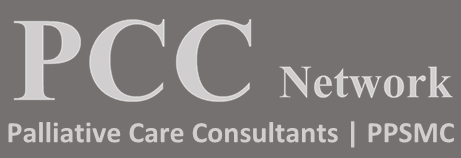Identifying Delirium in Palliative Care – Part 1
Identification of delirium may be missed for several reasons. Delirium can often be mistaken for uncontrolled pain, anxiety or depression. In the case of opioid-induced delirium, manifestations such as agitation, moaning, or groaning may be responded to with increasing doses of opioids and other analgesics, further aggravating the delirium.2 If a dementia diagnosis is present or suspected, symptoms of delirium may be attributed to that cause; however, dementia does not result in disturbance to consciousness, and onset is more gradual2. Here are some signs to watch for:
- Fluctuating Mental Status – Rapid changes in cognitive function (hours to a few days)2; may alternate between being alert and drowsy or show periods of lucidity followed by confusion1.
- Disorientation – Confusion about time, place, or person; may not recognize familiar surroundings or people, which can be distressing for both the patient and caregivers1.
- Attention & Concentration – Difficulty maintaining attention and awareness not explained by a pre-existing neurocognitive disorder and not occurring in the setting of a severely reduced level of consciousness2. May have trouble following conversations or completing simple activities1.
- Memory Impairment – Short-term memory loss is often observed1. They may have trouble recalling recent events or conversations2.
- Altered Perception – Perceptual disturbances such as hallucinations (seeing things that aren’t there) or illusions (misinterpretation of real stimuli)1. Hallucinations can be tactile (feeling like bugs are crawling on the skin) and/or visual, however, auditory hallucinations are very uncommon and may point to a pre-existing psychiatric condition2.
- Agitation or Restlessness – Hyperactive delirium: characterized by agitation, restlessness, and purposeless movements. Hypoactive delirium with decreased activity and withdrawal1.
- Sleep-Wake Cycle Disturbances – Changes in sleep pattern; excessive drowsiness during the day and insomnia at night is common1. There can be hallucinations, delusions, and emotional lability2.
- Psychomotor Changes -Psychomotor agitation (excessive movement, fidgeting)1 or psychomotor hypoactivity (slowed movements, lethargy)2.
- Emotional Instability -Rapid mood swings, ranging from anxiety, fear, and irritability to apathy and emotional flatness1.
- Physical Symptoms – Tremors, sweating, rapid heartbeat, and flushed skin1.
References:
- Canadian Hospice Palliative Care Association. (2015). Palliative care toolkit: Delirium identification and management. Retrieved from https://www.chpca.net/uploads/files/Palliative%20Care%20Toolkit/Delirium%20Identification%20and%20Management.pdf
- Pallium Canada. (2018). Delirium. In The Pallium Palliative Pocketbook (Second edition, pp. 7-3-7–5). https://www.pallium.ca/mobile-app-pocketbook/
Download Tip of the Month




